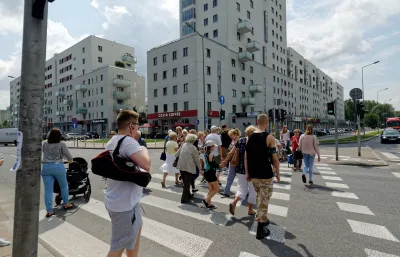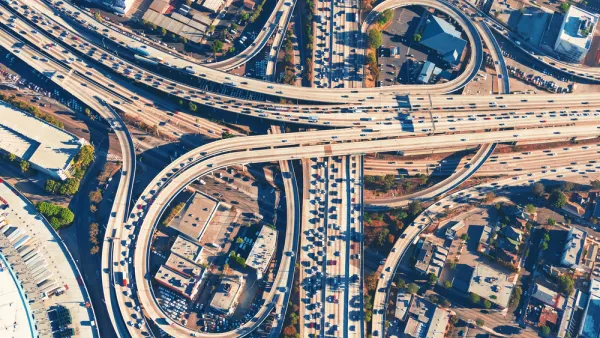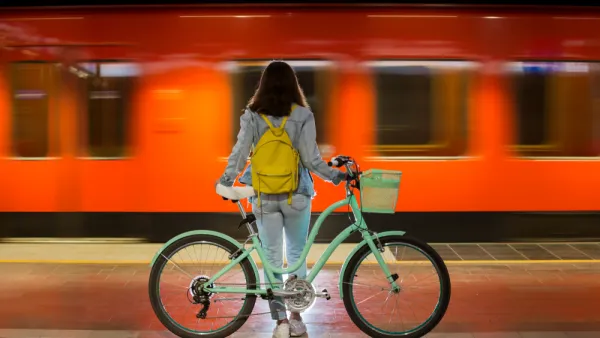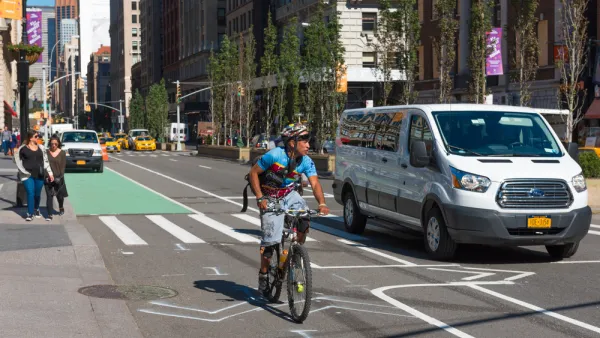The assumption that it’s “impossible” to live without a car in many American cities perpetuates infrastructure projects that privilege and induce driving.

In light of the many harmful effects of an overreliance on automobiles, “Why can’t we ask people to drive less and use transit or walk or bike?” asks Rachael Ludwick in The Urbanist. “Because, as implied in a recent New York Times article and claimed commonly elsewhere, it’s supposedly ‘infeasible’ in much of the United States to live without a car.”
This is largely because, Ludwick argues, “Our system has for more than eighty years subsidized driving in myriad ways that people don’t even notice.” Yet “People who can’t or don’t drive learn to get around wherever they live: and they live everywhere including places that are ‘impossible’ or ‘infeasible’ without a car.”
For Ludwick, walking is often a joyful experience. “But it’s not always a joy for everyone because many places do lack safe and convenient ways to walk, bike or bus. Our lives – and frankly everyone’s lives – could be immensely improved if only more people were driving less and were less committed to protecting driving and space for it.”
Ludwick also points out the environmental impact of driving. “In the United States, 29% of our carbon emissions come from transportation, mostly private vehicles,” calling on more people to try new transportation modes and pressure policymakers to fund safe walking and biking infrastructure and public transit. “Millions of Americans trying to get around without their cars will build support for the myriad of fixes we need to create a transportation system that works for everyone.”
FULL STORY: What If You Didn’t Have to Drive a Car?

Analysis: Cybertruck Fatality Rate Far Exceeds That of Ford Pinto
The Tesla Cybertruck was recalled seven times last year.

National Parks Layoffs Will Cause Communities to Lose Billions
Thousands of essential park workers were laid off this week, just before the busy spring break season.

Retro-silient?: America’s First “Eco-burb,” The Woodlands Turns 50
A master-planned community north of Houston offers lessons on green infrastructure and resilient design, but falls short of its founder’s lofty affordability and walkability goals.

Test News Post 1
This is a summary

Analysis: Cybertruck Fatality Rate Far Exceeds That of Ford Pinto
The Tesla Cybertruck was recalled seven times last year.

Test News Headline 46
Test for the image on the front page.
Urban Design for Planners 1: Software Tools
This six-course series explores essential urban design concepts using open source software and equips planners with the tools they need to participate fully in the urban design process.
Planning for Universal Design
Learn the tools for implementing Universal Design in planning regulations.
EMC Planning Group, Inc.
Planetizen
Planetizen
Mpact (formerly Rail~Volution)
Great Falls Development Authority, Inc.
HUDs Office of Policy Development and Research
NYU Wagner Graduate School of Public Service




























